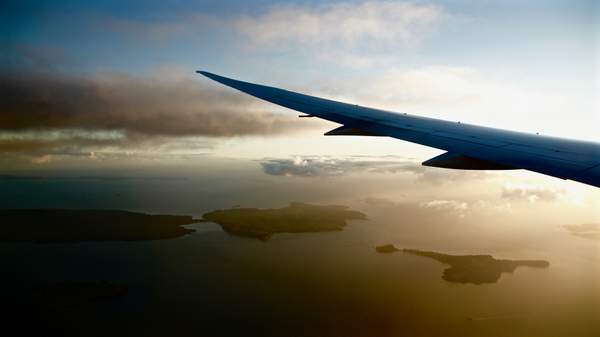Overview
Whether you're a particularly nervous flyer or usually keep it calm and cruisy, no one like turbulence when they're high in the sky. Tell-tale beeps telling you to buckle up your seatbelt and a few bumps and jumps are one thing; feeling like you're on a particularly adventurous rollercoaster is another. Thankfully, Boeing is hoping to solve the latter.
The aircraft company can't control the weather, but they can create and implement a laser system that detects oncoming rough patches at a greater range. Called Light Detection and Ranging or LIDAR, the system is expected to "to spot clear-air turbulence more than 60 seconds ahead of the aircraft, or about 17.5 kilometres," Boeing's Stefan Bieniawski, the program's lead investigator, told WIRED. Specifically, it focuses on clear-air turbulence, which is the type that doesn't usually come with any warning signs — that is, it happens in clear not cloudy skies, as its name indicates.
For those eager to know just how it works, LIDAR emits pulses of laser light from the nose of the plane, not that anyone watching will be able to see it. The beams then scatter off of small dust and other particulates, reflecting into segments and measuring wind speed along the entire direction of the laser. Software collates the results, with pilots given more time to steer around hazards.
Boeing has been working on the system with the Japan Aerospace Exploration Agency since 2010, and plan to test the remote-sensing technology in 2018. If it works, knocked elbows and spilled in-flight drinks could become a thing of the past — and, if you're one of the lucky folks who can fall sleep during flights, rude awakenings to your slumber as well.
